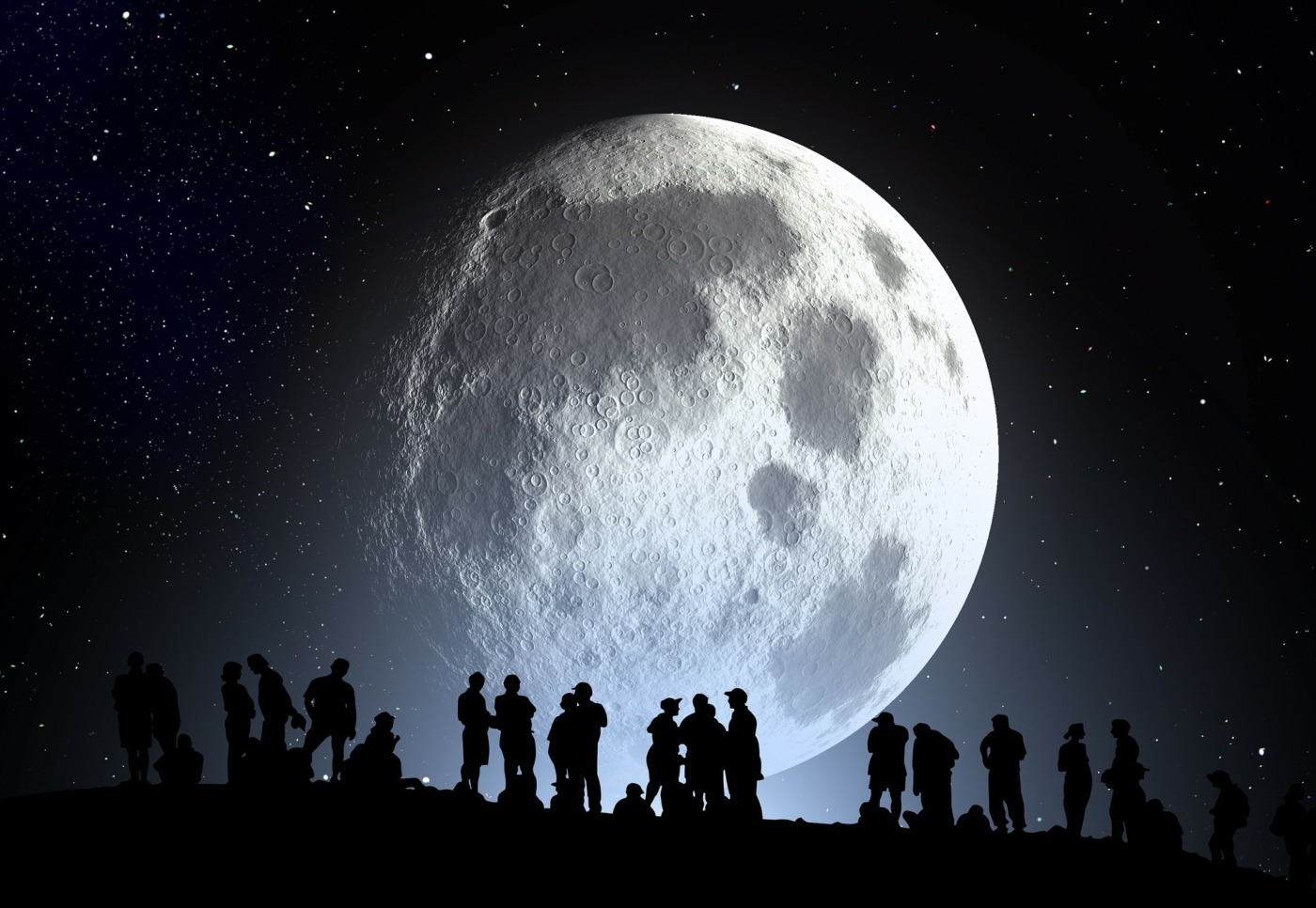Scientists find water on sunlit surface of the moon
Scientists have found significant evidence for the presence of water on the Moon – and it might just change the game for deep space exploration. Previously believed to be ‘dry,’ the Moon could now provide the perfect pit stop for future space missions. Water is an invaluable resource in space, not only because it is required to sustain life, but also because it can be split into its hydrogen and oxygen components and used for fuel and air.
Currently, spacecraft are extremely limited by the resources they can get off the ground- half the fight is weighing up fuel, supplies and scientific equipment. Literally. Approximately 85% of a rocket’s mass prior to lift off is due to the sheer amount of fuel they carry on board. However, with the possibility of collecting water on the Moon, the mass of any spacecraft could be significantly reduced.
Until the late 1990s, the Moon was widely believed to be dry. With no substantial atmosphere, the surface is exposed to ionising radiation from the sun. This radiation easily strips the hydrogen away from water molecules. However, while in orbit, Nasa’s Lunar Prospector detected a small deficit of neutrons originating from large, permanently shadowed craters near the Moon’s poles. This served as evidence for the existence of hydrogen atoms in these regions, however, scientists at the time were unable to identify what form the hydrogen took. The two main theories were water (H2O) or hydroxyl molecules (one oxygen atom and one hydrogen atom) which are far less useful to us.
With the possibility of collecting water on the Moon, the mass of any spacecraft could be significantly reduced
Now, scientists have found convincing evidence that hydrogen atoms on the Moon exist in the form of H2O. NASA’s Stratospheric Observatory for Infrared Astronomy (SOFIA) has detected a chemical signature that is undeniably water.
SOFIA offers a new means of looking at the Moon. Originally intended for observation of far, dim objects such as black holes, star clusters and galaxies, SOFIA is a modified Boeing 747SP jetliner designed to reach above 99% of the water vapour in Earth’s atmosphere. At this altitude, SOFIA is able to compile absorption spectra in the infrared range unmarred by molecules from Earth. The modified jetliner analyses dips in the observed wavelengths of reflected sunlight to identify molecules on the Moon’s surface. The absorption spectra from Clavius, a sunlit crater near the lunar South pole, exhibited signatures indicative of water.
The problem is, we cannot know what form this water exists in, nor how deep it goes, without travelling to the Moon. As tiny ice crystals distributed between grains of lunar soil, the water on the moon would be far more accessible, and therefore useful, than dissolved with lunar glass. SOFIA’s data revealed water in this location could exist in concentrations of up to 412 parts per million – roughly equivalent to one small bottle of water per cubic meter of lunar soil. But the usefulness of any water on the surface varies greatly depending on the form it is found in.
It is estimated that approximately 40,000 km2 of the lunar surface has the capacity to trap water. However, this is still a very small proportion of the Moon’s surface due to its lack of protective, insulating atmosphere and warming winds.
This discovery is hugely important for the scientific community but raises the question: where did this water come from? One theory which is currently popular among scientists is that hydrogen molecules carried by the solar wind are deposited on the Moon’s surface where they react with oxygen-bearing molecules to form hydroxyl. The hydroxyl then collects an extra oxygen atom and transforms into water through the bombardment of micrometeorites.
However, another plausible and far more intriguing theory is that frozen water was delivered by meteorites to the surface of the Moon where it has remained in its frozen form. Both scenarios present the possibility of an abundance of water elsewhere in the solar system – a truly fascinating prospect in the search for new life. The search for water in its liquid form is often at the forefront of this research due to its status as a fundamental component of life here on Earth and its general requirement for habitable conditions.
So far, SOFIA’s exploration of the Moon has been a major success, leading NASA to plan additional flights to look for signals of water in other locations on the Moon. Despite this, scientists interested in harvesting water from the Moon still face a major issue: extraction. The extraction process is likely to be extremely difficult as temperatures at the base of craters such as Clavius rarely reach above -230°C. In such conditions, extraction of water would be a perilous process.
Regardless of the obvious issues, NASA has future plans to explore these regions of the Moon such as the Artemis mission planned for 2024. Artemis is projected to be the first manned lunar mission since 1972, with the aim of delivering ‘the first woman and next man’ to the surface of the Moon.
The discovery of water on the lunar surface has sparked an undeniably interesting and progressive era for space exploration.

Comments